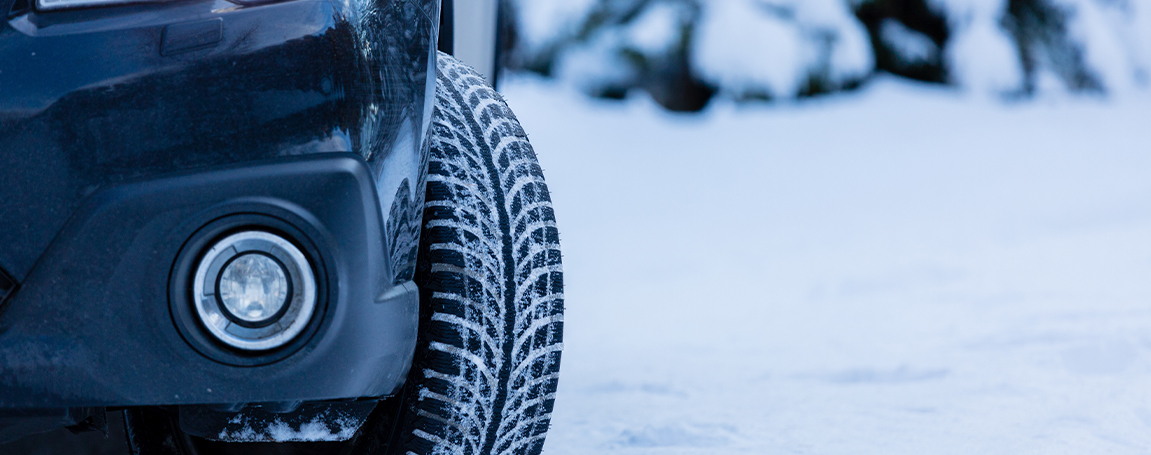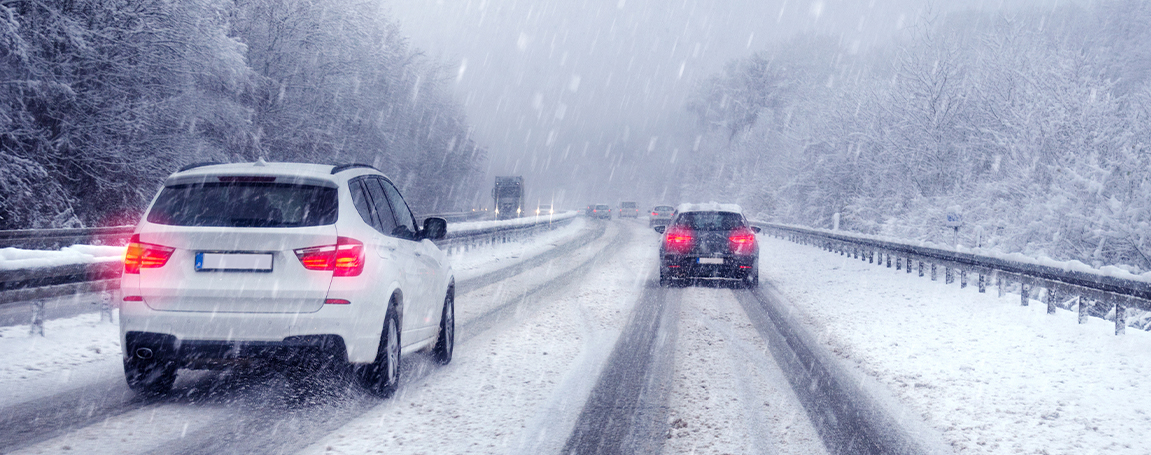How to Drive Safely in Snow?
How to Drive Safely in Snow?
Posted on October 5, 2023
As the temperature drops and the snow piles up, adjusting your driving habits is essential to stay safe on the road. Driving in snow requires skill and preparation, but with the right tips and precautions, you can avoid accidents and get to your destination without incident. Read on to learn how to drive safely in snow and slush.
Service Department Parts Department Schedule a Service
Pick the Right Tires

Your tires are one of the most crucial factors in driving on slippery roads. Make sure you have the correct type of tire for winter driving. Winter tires offer improved traction and handling, even in the harshest conditions. Winter tires typically have deeper tread and softer rubber that helps grip the road, improving your car's maneuverability.
All-season tires are the next best option if you can't afford winter tires. These provide better performance than summer tires in winter and have enough traction for most winter conditions.
Check the Forecast
Check the weather forecast before heading out. If the conditions are hazardous, stay off the road unless necessary. If you need to drive, plan your route to avoid areas known to be treacherous in the snow.
Test the Road Conditions

When you first start driving, take some time to feel out the road conditions. Increase your stopping distance and reduce speed substantially, even on seemingly clear roads. Resist the urge to make sudden movements. Start by braking and accelerating gradually to understand how slippery the roads are. Proceed with caution, taking your time to adjust to the conditions.
Accelerate Smoothly
Press the accelerator pedal gently and slowly when starting up from a stop. Sudden movements can cause your wheels to spin on the slippery surface, making it difficult to gain traction. Taking it slow will promote proper movement since your vehicle's wheels trample snow and build up. It usually calls for a bit of pedal pressure at an increased interval to gain the required momentum.
Brake Gradually

When you need to come to a stop, brake sooner and more gradually than you would under normal circumstances. Brake lightly at first, then gradually increase the pressure, giving your vehicle time to stop. Suddenly, slamming your brakes on can cause your wheels to lock up and skid, which could lead to an accident. Even if your vehicle has an anti-lock braking system ABS, don't rely too much on it.
Leave More Space for Braking
When driving on snow or ice, leaving more space between you and the vehicle in front of you is essential. Slowing down will often help with creating that extra needed distance. This increased space gives you more time to stop without hitting the car in front of you, which is especially important when the road conditions are slick. Give at least three times more area than normal to avoid a collision once the car in front stops.
Conclusion

Driving in snow and slush can be daunting, but the proper preparation and techniques can keep you safe behind the wheel. Remember these tips when you head out. Lastly, slow down, be cautious, and enjoy the beauty of the weather.
